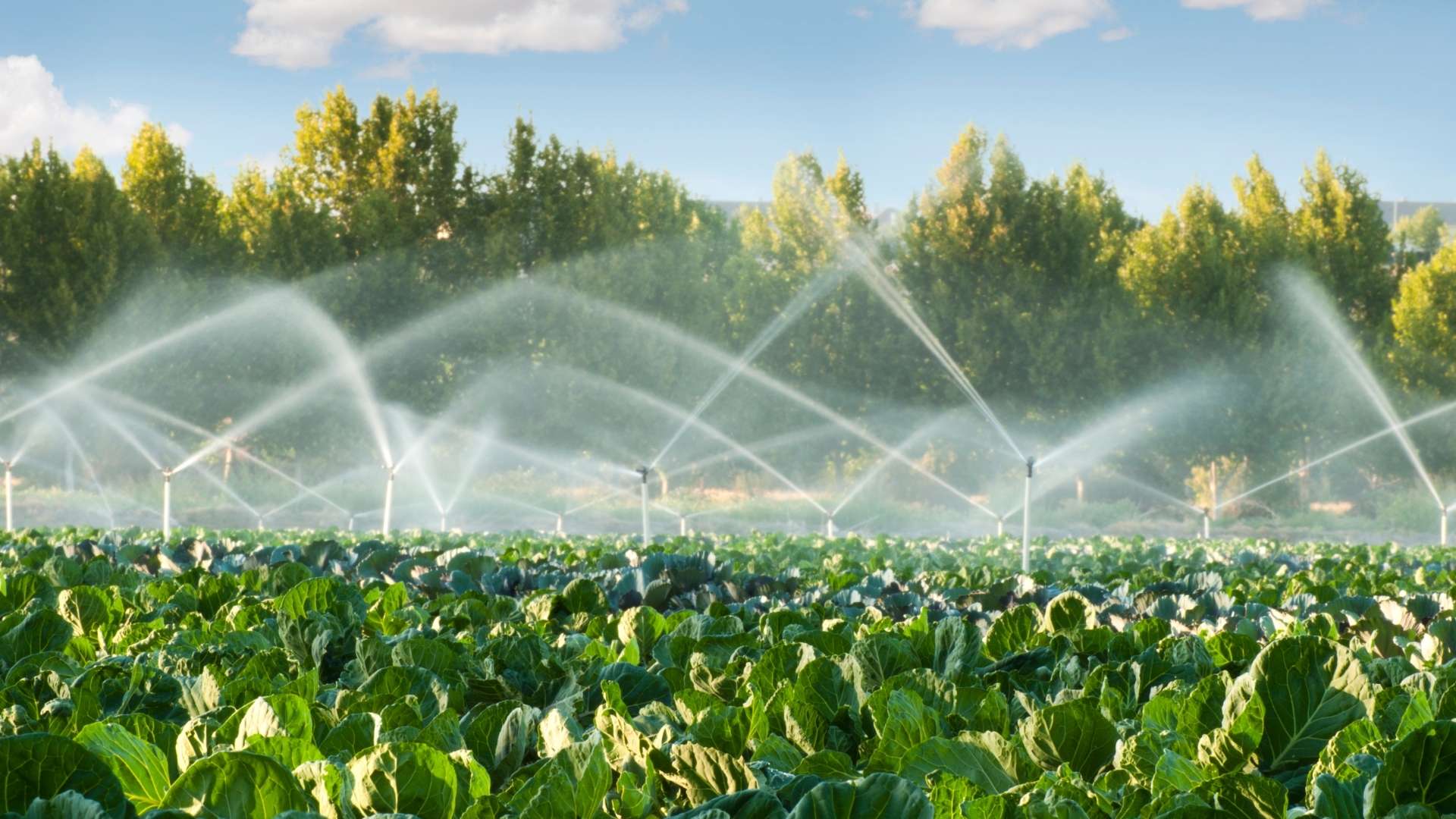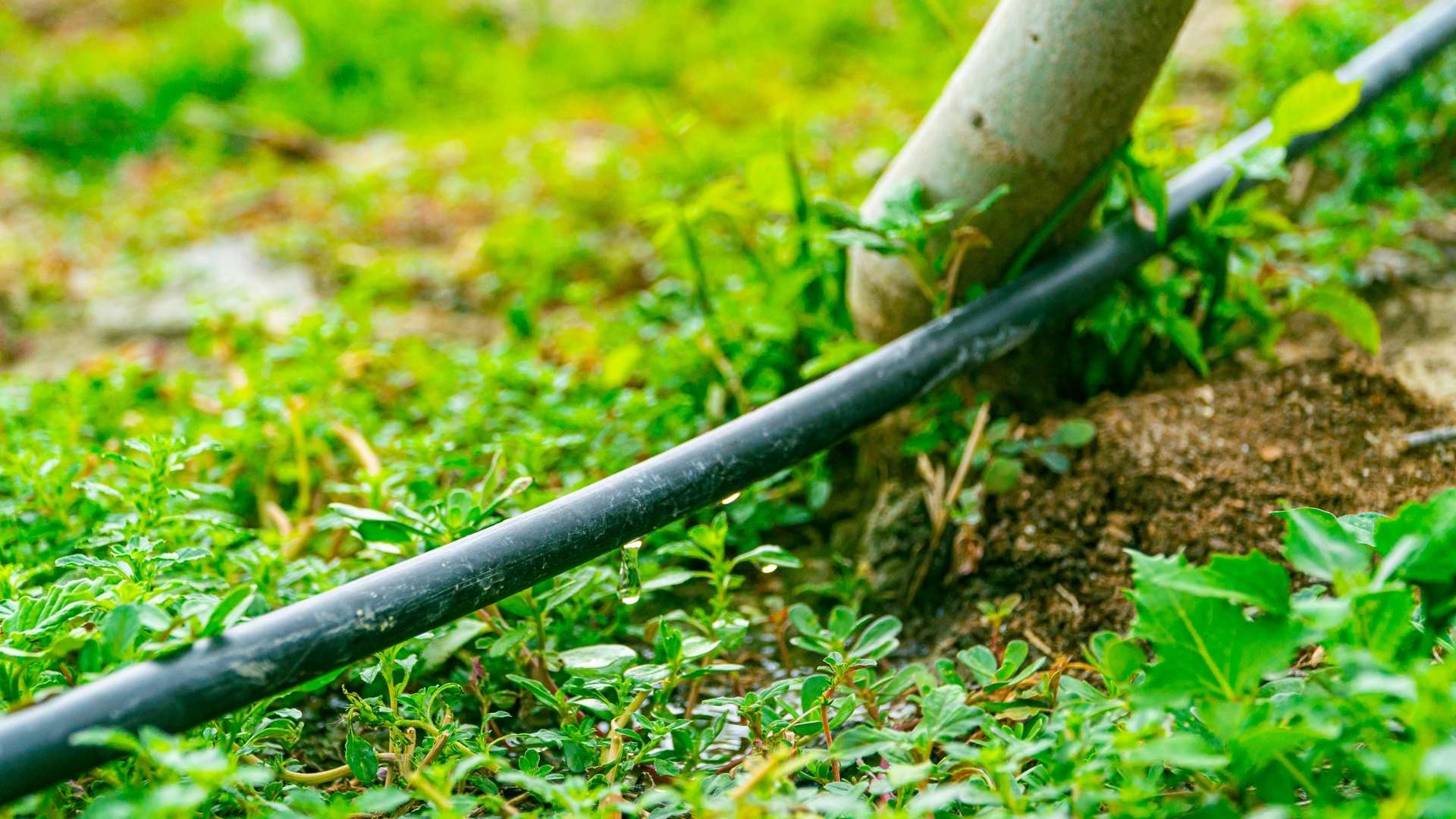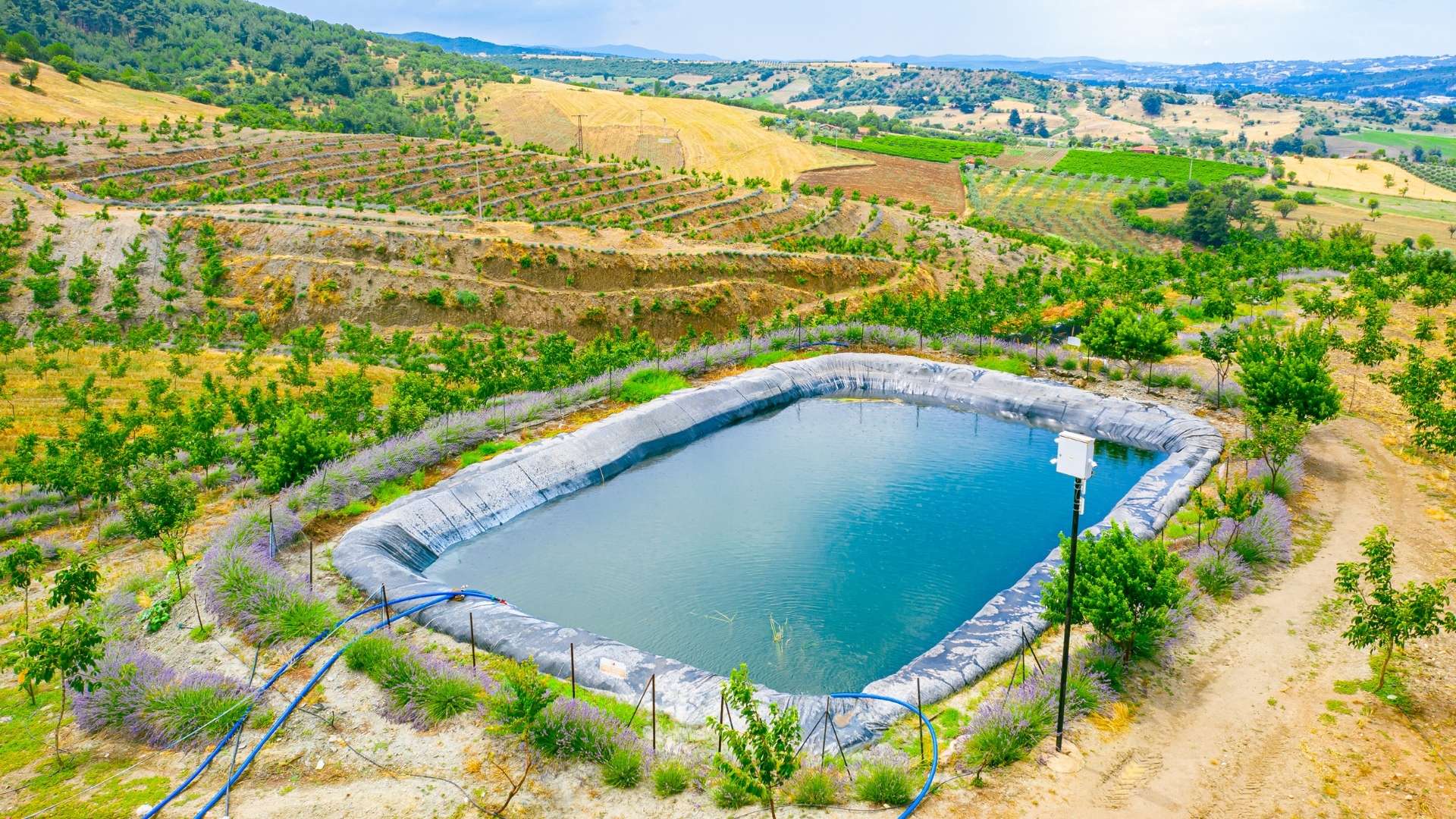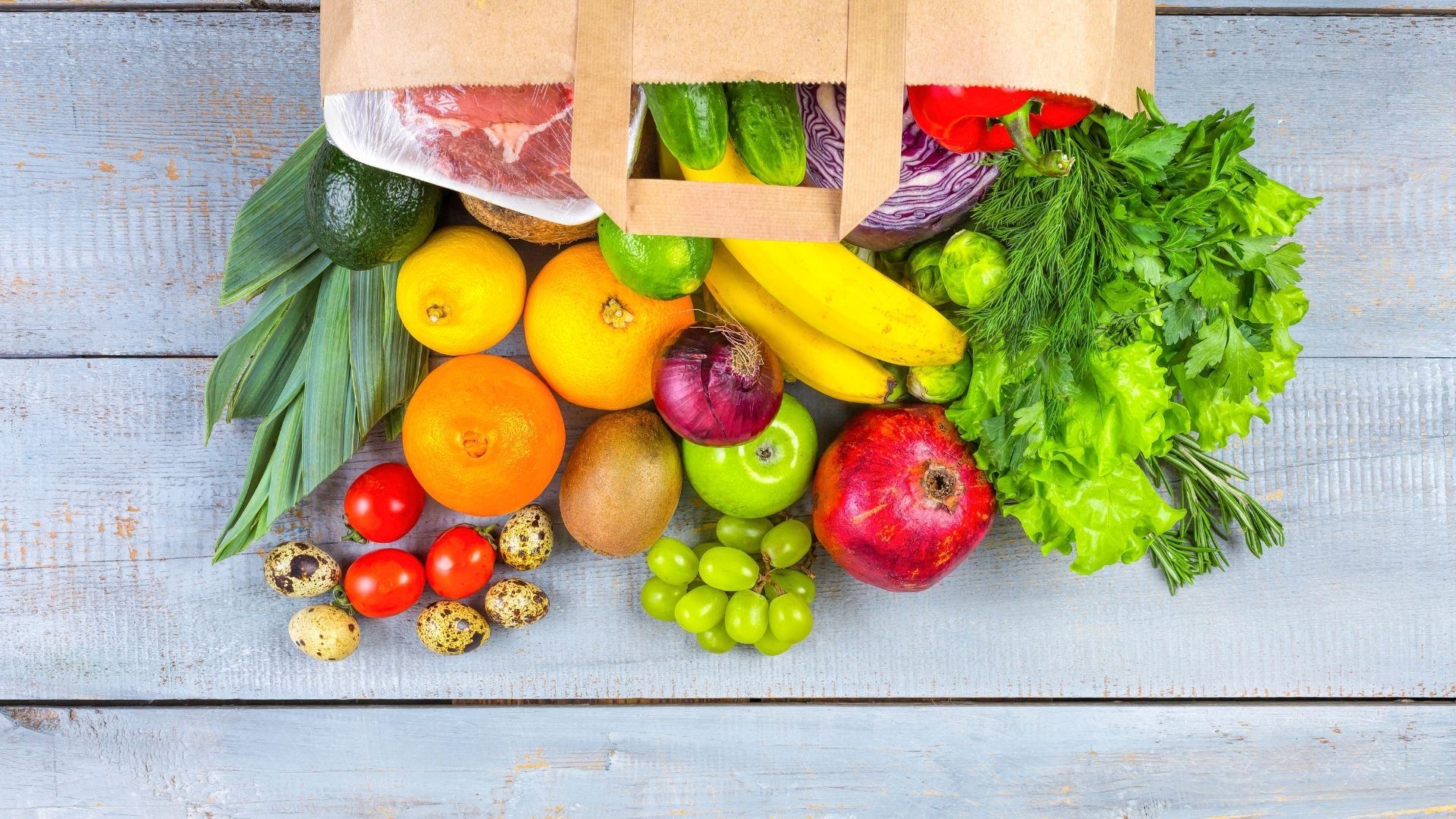
Learn about the most common modern irrigation methods
There are five basic irrigation methods (flooding, furrow irrigation, trickle, sprinkling, and sub-irrigation). And there are several subcategories within each of these basic methods. And there are several subcategories within each of these basic methods.
Flood irrigation
It is done by submerging the soil with water; this method has advantages; it is easy to use, its cost is low, and it does not need trained workers, but it has the disadvantage that it is not possible to control the amount of water used for the plant, thus leading to the loss of large quantities of water, this method of irrigation is to divert water into natural slopes without much control Or preparation. It is usually a waste of water, and unless the ground is naturally level, the resulting watering will be completely uneven. This method is mainly used on pastures and native hay fields on steep slopes where abundant water is available and crop value does not require expensive preparations. The controlled flooding can be e accomplished from held ditches or by use of borders, checks, or basins. Flooding from field ditches is often adaptable to lands with topography too irregular for other flooding methods. It is relatively inexpensive as it requires minimal preparation.
Water is brought into the field in permanent trenches and distributed in smaller ditches to conform to the topography, soil, and flow rate. Under ideal conditions, the ditch spacing and flow rate should be such that the water will infiltrate when it flows across the field. If the flow is too rapid, some of the water will not have time to infiltrate, and surface waste will occur at the lower edge of the field. Excessive percolation will appear near the ditch if the flow is too slow, and too little water will reach the lower end of the area. The border flooding method requires dividing the land into strips 30 to 60 feet wide and 300 to more than 1000 feet long. Low levees or borders separate the strips.
Water is turned into each strip through a headgate along with one of the narrow sides and flows downhill the length of the strip. Land preparation for border strip irrigation is more expensive than ordinary flooding, but a decrease in water waste may offset this because of improved control. Check flooding is accomplished by turning water into relatively level plots or checks, surrounded by levees.
When checking the submersion of the canals, the canals are filled with water at a relatively high rate and allowed to stop in an infiltration unit. The method of basin flooding is accomplished by checking the water height adapted to the orchards. Basins are constructed around one or more trees depending on the topography, and the flow is turned into the basin to stand until it infiltrates.

Furrow Irrigation
The furrow is a narrow ditch between rows of plants. An essential advantage of the furrow method is that only 0.2 to 0.5 as much surface area is wetted during irrigation compared with flooding irrigation methods, and evaporation losses are correspondingly reduced. Furrow irrigation is adapted to lands of irregular topography.
Sprinkler Irrigation
The development of lightweight tubes led to a rapid increase in sprinkler irrigation after World War II. Sprinkler irrigation offers a means of irrigating irregular areas where any surface irrigation method cannot be used. Deep percolation or water runoff can be reduced by using a lower supply rate. This method is suitable, but it needs a relatively high cost regarding the sprinkling equipment and permanent installations necessary to supply water to the sprinkler lines. In recent years, the labor costs of surface irrigation have increased, which has attracted many farmers to use sprinkler irrigation.
Trickle Irrigation
Trickle Irrigation is a method of irrigation in which water (and nutrients) are continuously applied at the base of each plant through tiny plastic tubes; virtually eliminates all evaporation from the soil, deep percolation, and runoff leads to very high efficiency in the use of water. In this method, water is added in the form of drops directly under the plants, and it is placed within an irrigation network that ends with points of water exit. This method is suitable for sandy and desert lands. It saves water, but one of the disadvantages of this method is that the establishment of irrigation networks has a high cost, and it requires highly qualified labor.

Sub Surface Irrigation
It is used in a few areas where soil conditions are favorable for sub-irrigation. Water is delivered to the field in ditches spaced 50 to 100 ft apart and is allowed to seep into the ground to maintain the water table at a height; Low water flow rate is essential in supply ditches; free drainage of water must be permitted, either naturally or with drainage works, to prevent waterlogging of the fields. The irrigation water must be of good quality to avoid excessive soil salinity. Sub-irrigation results in a minimum evaporation loss and surface waste and requires little field preparation and labor. For our company Invest For Land, we use the latest irrigation methods Suitable for the crop and soil quality, ensuring that our investors get the best results.
Why not take this courageous step to create a future for you and your family? Join the Invest4Land family. Contact us and let’s discuss the available options with you!
Ready to get started?
As an award-winning agency, we are consistently and challenging ourseleves for the betterment. We are your authentic brand.



